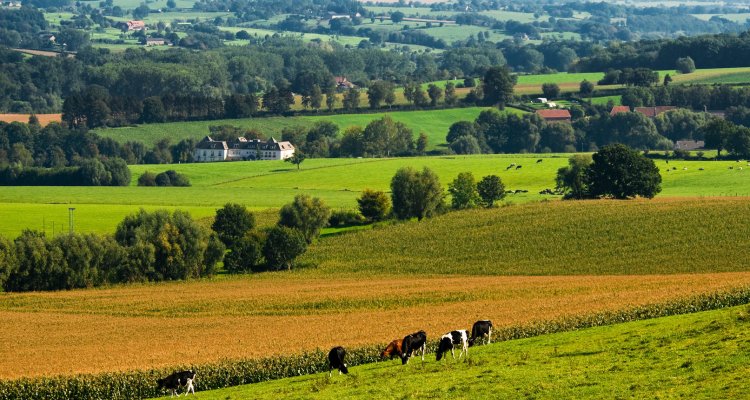
Models of the Animal Production Systems Group
Our chair group has developed several models related to animal production systems. On different scales, from animal level to global level.
FOODSOM
This food system model optimizes the combination of crop and animal production systems to meet human dietary requirements while minimizing environmental impacts or to maximize food production while respecting environmental targets. FOODSOM is used to illustrate the potential of improving food system circularity in various countries and regions. Recent publications using this model focus on interventions to improve food system circularity and on recoupling livestock and feed production. The model is available online: FOODSOM Public.
DairyLP
This linear programming (LP) model maximizes labour income of Dutch dairy farms by optimizing farm configuration and activities, while accounting for farm resources and legislation. Effects of legislation on the economic and environmental performance of farms have been assessed with the model, as well as effects of management options. A recent publication assesses the effects of new legislation and adoption of grass-clover swards. The model is available upon request.
LiGAPS-Beef
Based on the animal breed, ambient climate and feed quality, this dynamic mechanistic model simulates the growth, feed intake, and feed efficiency of individual beef cattle and herds. Model output includes the biophysical factors affecting growth, which provides options to improve resource use efficiency in beef production. In a recent study, the model was evaluated for beef cattle in South Africa. The model is available online.
LiGAPS-Dairy
This model is similar to LiGAPS-Beef, but milk production dynamics are included in greater detail to represent dairy cows. A new application of the model is the identification of deep phenotypes for dairy cow breeding programs. The model is available online.
SocialPig
This agent-based model (ABM) simulates the feeding behaviours of growing pigs and social interactions between pigs in a pen. The purpose of the model is to understand underlying factors and the effect of behavioural strategies of pigs. The model was applied in two studies that simulated feeding, social interaction and growth patterns of individual pigs. The model is available online.
Tail_biting
This agent-based model (ABM) simulates the tail biting behaviour of growing pigs in a pen, with the aim to gain more insight in the causation of tail biting behaviour in group housed pigs. It was applied in a study to explore behavioural dynamics in tail biting. The model is available online.